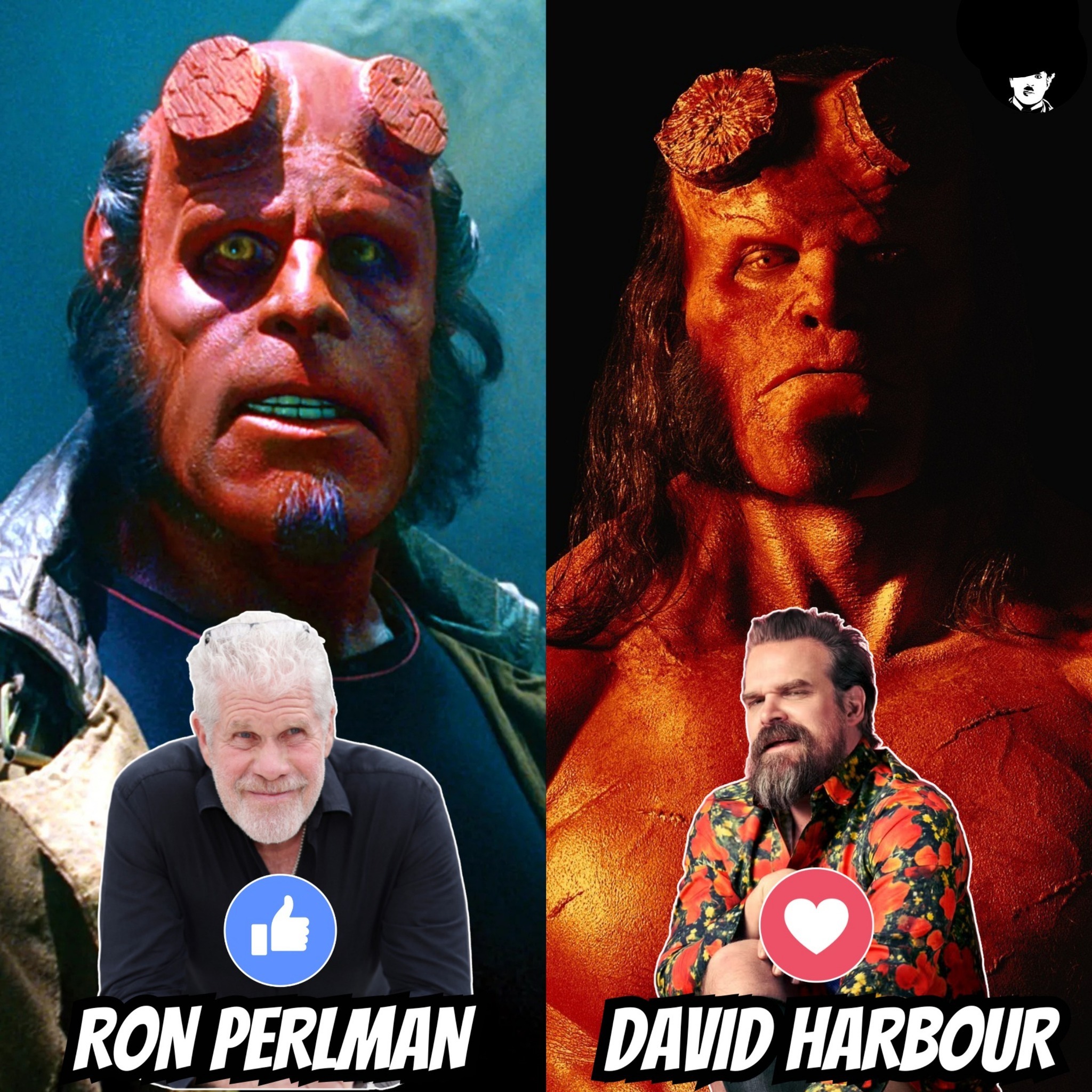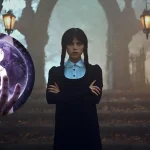Who was the best Hellboy?

Related Movies:
Related Movies:
Related Movies:
Related Movies:
Related Movies:
Related Movies:
Related Movies:
Ron Perlman as Hellboy remains one of the most iconic portrayals in comic book and superhero cinema, thanks to the actor’s unique blend of gravitas, humor, and depth. Perlman first brought the beloved half-demon character to life in Hellboy (2004) and reprised his role in Hellboy II: The Golden Army (2008), both directed by Guillermo del Toro. The character has become synonymous with Perlman’s career, largely due to his exceptional ability to embody Hellboy’s complex mixture of tough-guy exterior, witty one-liners, and vulnerability.
The Character: Hellboy
Hellboy, the half-demon protagonist of the Hellboy comics created by Mike Mignola, was summoned to Earth during World War II by the villainous Grigori Rasputin as part of a plot to help the Nazis win the war. Instead, Hellboy is discovered by Professor Trevor Bruttenholm, who raises him as a normal human. Despite his origins, Hellboy grows up to become a protector of humanity, working as a paranormal investigator for the Bureau for Paranormal Research and Defense (B.P.R.D.).
Hellboy is instantly recognizable by his large, red, demonic body, a right hand made of an indestructible substance (referred to as the “Right Hand of Doom”), and his sharp horns, which he files down to stubs. He struggles with his demonic heritage and destiny, often questioning whether he is doomed to bring about the apocalypse or whether he can choose his own path.
Ron Perlman’s Portrayal:
Perlman’s portrayal of Hellboy is a masterclass in character-driven performance. Though the character is frequently covered in heavy makeup, prosthetics, and special effects, Perlman’s deep, gravelly voice and expressive body language make Hellboy feel incredibly real and relatable. Perlman’s Hellboy is not just a creature of supernatural power—he’s a complex, often conflicted character with humor, heart, and a desire to fit into a world that doesn’t always accept him.
Hellboy’s charm lies in the contrast between his tough exterior and his soft, often surprisingly sweet side. Perlman brings a certain warmth and authenticity to the role, making the character’s internal struggle resonate with the audience. He’s a demon trying to be human, and Perlman captures this beautifully through his performance, blending action and humor with moments of genuine emotional depth.
David Harbour as Hellboy (2019) brings a fresh take on the beloved character in the 2019 reboot of Hellboy, directed by Neil Marshall. While Harbour’s portrayal of Hellboy departs from Ron Perlman’s iconic version, it introduces a grittier, darker, and more violent version of the character, staying true to the tone of the original Hellboy comics by Mike Mignola.
Plot Overview of the 2019 Hellboy:
In this iteration, Hellboy, the half-demon protagonist, finds himself caught in a battle against a powerful ancient witch named Nimue the Blood Queen (Milla Jovovich), who seeks to bring about the apocalypse. Hellboy’s internal struggle with his demonic heritage and his desire to belong in the human world is at the core of this story. As Nimue seeks to bring chaos to the world, Hellboy must contend with both her and his own identity as a demon destined for destruction.
Hellboy is still employed by the Bureau for Paranormal Research and Defense (B.P.R.D.), where he works alongside allies like Alice Monaghan (Sasha Lane), a medium, and Ben Daimio (Daniel Dae Kim), a troubled soldier with a mysterious past. Throughout the film, Hellboy is forced to confront his fate, the power within him, and the dark forces attempting to manipulate him.
David Harbour’s Take on Hellboy:
David Harbour’s version of Hellboy is decidedly different from the character portrayed by Ron Perlman in Guillermo del Toro’s films. Harbour’s Hellboy is rougher, more physically imposing, and more cynical. He brings a more brooding and conflicted energy to the character, diving deeper into Hellboy’s internal struggles with his demon heritage and his uncertain place in the world.
Where Perlman’s Hellboy had a natural warmth and humor, Harbour’s Hellboy is more raw and rebellious, burdened by a darker, more intense emotional core. This iteration shows Hellboy at a crossroads—torn between embracing his demonic destiny and trying to maintain his humanity. Harbour’s Hellboy is more disillusioned, cynical about humanity, and less concerned with trying to fit in or be accepted by the world.











